
First introduced in 1982 by the International Dance Council and now celebrated yearly on April 29th, the International Dance Day brings attention to the art of dance. It revels the universality of this art form that crosses all political, cultural and ethnic barriers and brings people together with a common language – Dance!
———————————————————————————————————————————–
“Let us read, and let us dance; these two amusements will never do any harm to the world.” – Voltaire
———————————————————————————————————————————–
To celebrate the Dance Day we invite you to browse Dance & Performance Studies series. Visit series webpage and use code DPS16 at checkout to receive 25% discount on all titles within the series (valid for the next 30 days).
In all cultures, and across time, people have danced. For performers and spectators, the expressive nature of dance opens up spaces where social and political circumstances are creatively negotiated. Grounded in ethnography, this series explores dance, music and bodily movement in cultural contexts at the juncture of history, ritual and performance in an interconnected world.
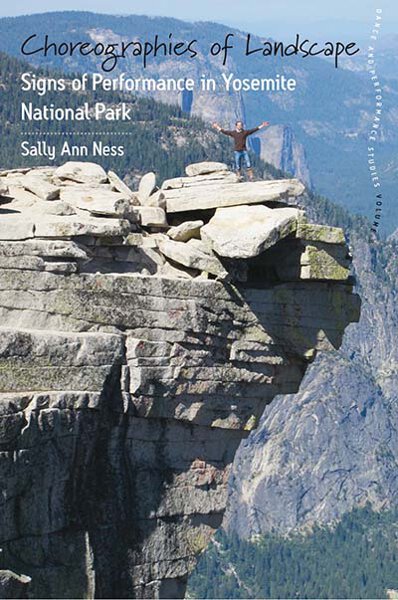 Volume 8
Volume 8
CHOREOGRAPHIES OF LANDSCAPE
Signs of Performance in Yosemite National Park
Sally Ann Ness
As an international ecotourism destination, Yosemite National Park welcomes millions of climbers, sightseers, and other visitors from around the world annually, all of whom are afforded dramatic experiences of the natural world. This original and cross-disciplinary book offers an ethnographic and performative study of Yosemite visitors in order to understand human connection with and within natural landscapes. By grounding a novel “eco-semiotic” analysis in the lived reality of parkgoers, it forges surprising connections, assembling a collective account that will be of interest to disciplines ranging from performance studies to cultural geography.
Read Landscape Performance Theory, an Introduction
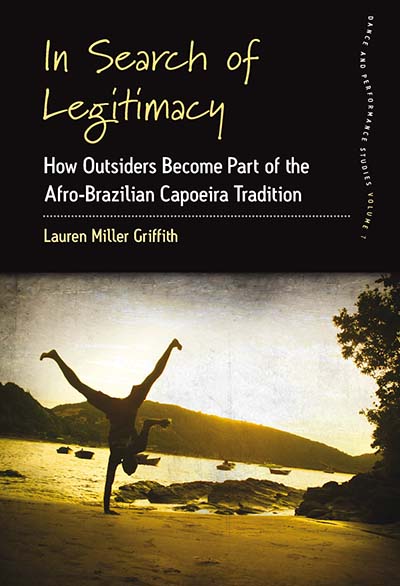 Volume 7
Volume 7
IN SEARCH OF LEGITIMACY
How Outsiders Become Part of the Afro-Brazilian Capoeira Tradition
Lauren Miller Griffith
Every year, countless young adults from affluent, Western nations travel to Brazil to train in capoeira, the dance/martial art form that is one of the most visible strands of the Afro-Brazilian cultural tradition. In Search of Legitimacy explores why “first world” men and women leave behind their jobs, families, and friends to pursue a strenuous training regimen in a historically disparaged and marginalized practice. Using the concept of apprenticeship pilgrimage—studying with a local master at a historical point of origin—the author examines how non-Brazilian capoeiristas learn their art and claim legitimacy while navigating the complexities of wealth disparity, racial discrimination, and cultural appropriation.
Read Introduction
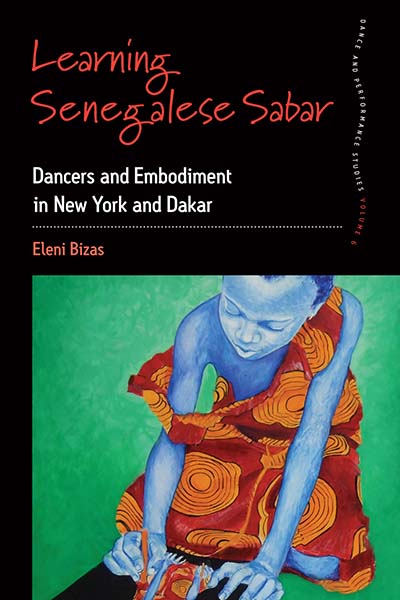
Volume 6
LEARNING SENEGALESE SABAR
Dancers and Embodiment in New York and Dakar
Eleni Bizas
“Bizas delivers an astute multi-sited ethnography on teaching and learning… The author’s descriptions of movement often jump from the page to land fully formed in the reader’s imagination so that the reader, too, is moved.” · Choice
Based on extensive ethnographic fieldwork in New York and Dakar, this book explores the Senegalese dance-rhythms Sabar from the research position of a dance student. It features a comparative analysis of the pedagogical techniques used in dance classes in New York and Dakar, which in turn shed light on different aesthetics and understandings of dance, as well as different ways of learning, in each context. Pointing to a loose network of teachers and students who travel between New York and Dakar around the practice of West African dance forms, the author discusses how this movement is maintained, what role the imagination plays in mobilizing participants and how the ‘cultural flow’ of the dances is ‘punctuated’ by national borders and socio-economic relationships. She explores the different meanings articulated around Sabar’s transatlantic movement and examines how the dance floor provides the grounds for contested understandings, socio-economic relationships and broader discourses to be re-choreographed in each setting.
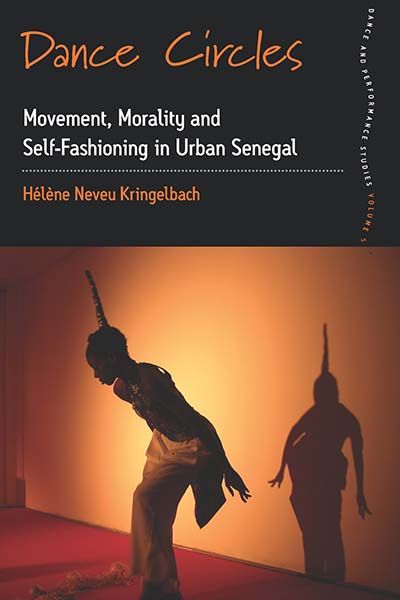 Volume 5 New in Paperback!
Volume 5 New in Paperback!
DANCE CIRCLES
Movement, Morality and Self-fashioning in Urban Senegal
Hélène Neveu Kringelbach
WINNER OF THE 2013 DE LA TORRE BUENO SPECIAL CITATION FOR SCHOLARSHIP IN DANCE AWARD
WINNER OF THE 2013 AMAURY TALBOT PRIZE FOR AFRICAN ANTHROPOLOGY
“Reading Hélène Neveu Kringelbach’s ethnography, Dance Circles, took me on one of the most intellectually stimulating journeys that I have ever experienced…[It] is excellent because the author destroys the enduring belief that dance is innate to Africans. Generous space is given to learning processes, questions of transmission, and performers’ reflective practice…Historians of dance will draw on innovative themes of inquiry in their field. Anthropologists will marvel at the dense ethnographic detail. This grounded ethnography indeed invites a careful reading. In other words, one does not leaf through this book, but must really read it.” · Africa
Read Chapter 1. Introduction: The Shifting Faces of Dance
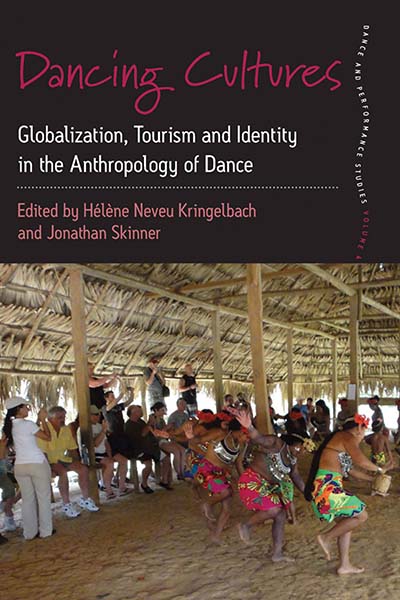
Volume 4 in Paperback
DANCING CULTURES
Globalization, Tourism and Identity in the Anthropology of Dance
Edited by Hélène Neveu Kringelbach and Jonathan Skinner
“This collection of essays is a welcome focus on dance anthropology. The book encompasses chapters on an impressive range of traditions and practices from developed as well as developing countries across the world, including small and large phenomena. It has a clear introduction to orientate readers in the anthropological study of dance… The essays are rich and varied case studies, interesting in themselves. However, they also collectively build layered and interlocking perspectives on larger patterns of change in the contemporary world, making the book highly topical… This collection has breadth yet also coherence. It is a dense but accessible resource on dance anthropology.” · Journal of the Royal Anthropological Institute
Read Introduction: The Movement of Dancing Cultures
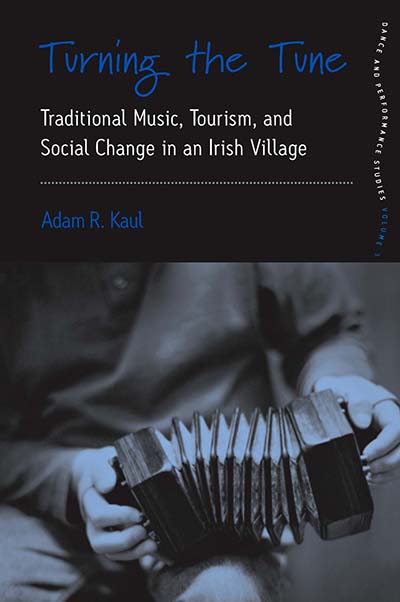
Volume 3 in Paperback
TURNING THE TUNE
Traditional Music, Tourism, and Social Change in an Irish Village
Adam Kaul
“…this book is a rarity in understanding the intersection of music, heritage and tourism…” · Journal of Heritage Tourism
“The publication of this study is a valuable contribution to the discipline of ethnomusicology and the study of Irish traditional music and tourism within this context. This book is particularly valuable to those interested in the study of Irish traditional music from the ethnomusicological perspective, and students and teachers of these areas will be greatly enhanced by Kaul’s in-depth knowledge of tourism literature.” · Ethnomusicology Forum
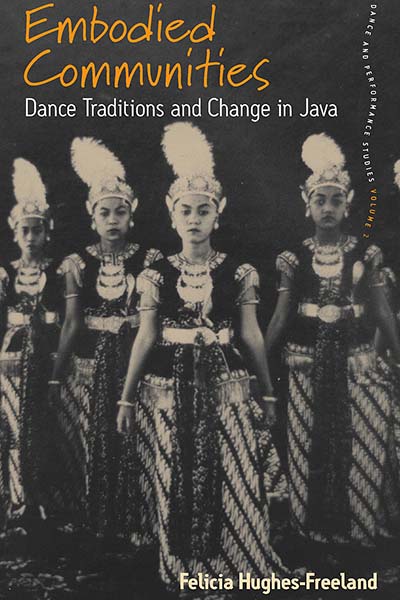
Volume 2 in Paperback
EMBODIED COMMUNITIES
Dance Traditions and Change in Java
Felicia Hughes-Freeland
“Even if it is rather demanding, Hughes-Freeland’s study makes for highly rewarding reading.” · JRAI
“This book attempts a much more comprehensive consideration of dance in its cultural, social, and historical contexts than most and the author should be commended not only for this ambitious approach but also for keeping ethnographic method as the foundation of the research… the world of dance scholarship, anthropology, performance studies, and Indonesian studies are the better for this book which is, in important ways, remarkable.” · American Ethnologist
Visit book webpage to download FREE chapters from this title!
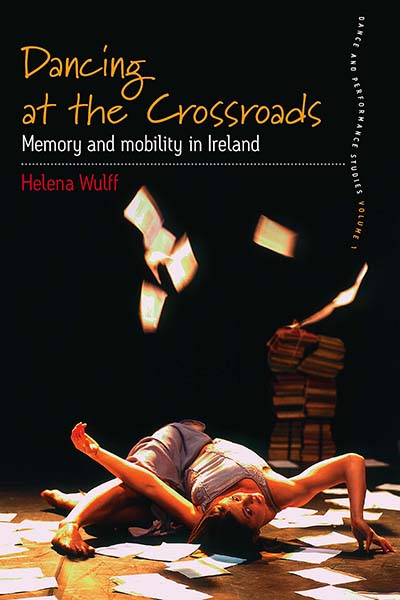
Volume 1 in Paperback
DANCING AT THE CROSSROADS
Memory and Mobility in Ireland
Helena Wulff
“Wulff does convincing and interesting work in making the argument that all Irish dance is influenced by links to the land and/or notions of Irishness, tradition, authenticity, and collective identity…[that] becomes increasingly complicated given issues of immigration, colonization, diasporic communities, multiculturalism, and cosmopolitanism.” · H-Net Reviews
“There is an admirable reconception of performance, which moves away from the usual tightly bodily based formulas towards an appreciation of storytelling and characterization… These re-thinkings have significant implications for seeing tradition as a resource and/or as a mode of engagement.” · JRAI
Visit book webpage to download FREE chapters from this title!
———————————————————————————————————————————–
Selected Journal Articles
The cohesive and revitalizing nature of Maya dance, art, and oral history
Allison D. Krogstad
Regions and Cohesion
The Ritual Experience of Continuity: Flow and Participation in Punu Twin Dancing
Carine Plancke
Social Analysis
Dancing on the Threshold: A Cultural Concept for Conditions of Being Far from Salvation
Gregor Rohmann
Contributions to the History of Concepts
Beyond Frames: The Creation of a Dance Company in Health Care through the Journey of Brain Trauma
Gregor Rohmann
Journeys
